Home>Renovation & DIY>Tools & Equipment>What Grit Sandpaper Before Painting Wood
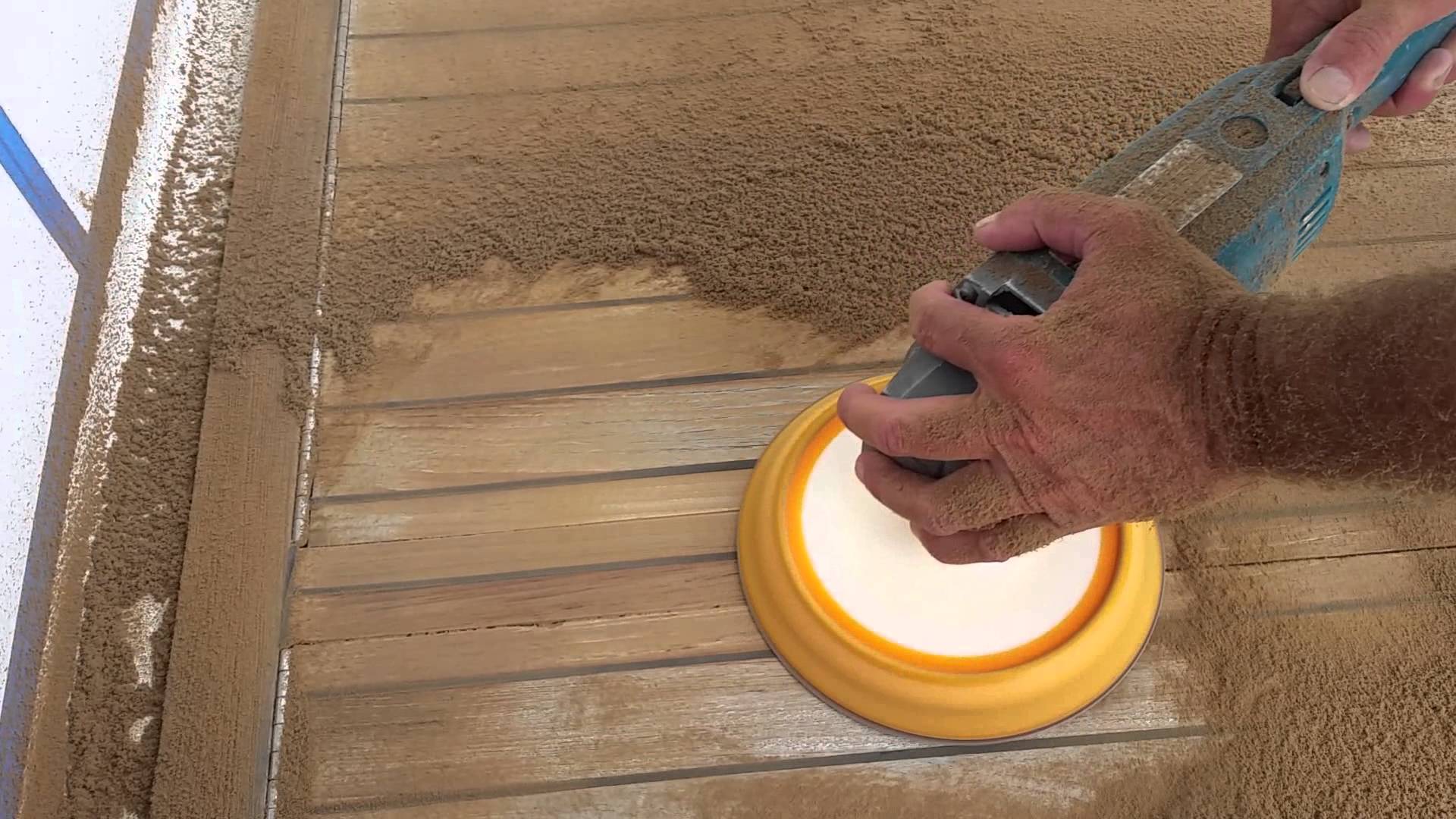

Tools & Equipment
What Grit Sandpaper Before Painting Wood
Published: December 20, 2023
Prepare your wood for painting with the right grit sandpaper. Learn which tools and equipment to use for a smooth and flawless finish.
(Many of the links in this article redirect to a specific reviewed product. Your purchase of these products through affiliate links helps to generate commission for Storables.com, at no extra cost. Learn more)
Introduction
Welcome to the world of woodworking and painting! If you’re gearing up to paint wood, you’re in for an exciting and rewarding journey. Before you dive into the colorful realm of painting, it’s crucial to understand the significance of grit sandpaper. This humble yet indispensable tool holds the key to achieving a flawless finish on your wooden surfaces. Whether you’re a seasoned woodworker or a DIY enthusiast, knowing the ins and outs of grit sandpaper will elevate your painting endeavors to new heights.
Join me as we explore the nuances of grit sandpaper and its pivotal role in preparing wood for painting. By the end of this guide, you’ll be equipped with the knowledge to select the perfect grit sandpaper for your project and unleash the full potential of your wooden masterpieces.
Key Takeaways:
- Choose the right grit sandpaper for wood based on its condition and your painting goals. Coarse grit removes imperfections, medium grit smoothens, and fine grit creates a flawless canvas for paint.
- Prepare wood for painting by using coarse, medium, and fine grit sandpaper to remove imperfections, smoothen the surface, and create a flawless foundation for the paint.
Read more: What Grit Sandpaper To Use Before Painting
Understanding Grit Sandpaper
Grit sandpaper is a versatile and essential tool in the realm of woodworking and painting. It consists of abrasive particles bonded to a backing material such as paper or cloth. These abrasive particles, often made of aluminum oxide, silicon carbide, or garnet, are available in various grit sizes, each serving a specific purpose in the wood preparation process.
The grit size refers to the number of abrasive particles per square inch of the sandpaper. Lower grit numbers indicate coarser particles, while higher grit numbers signify finer particles. Coarse grit sandpaper, with grit sizes ranging from 40 to 60, is ideal for heavy material removal and shaping rough wood surfaces. As the grit size increases, reaching the medium range of 80 to 120, the sandpaper becomes suitable for smoothing and preparing the wood for painting. Finally, fine grit sandpaper, typically ranging from 150 to 240, is designed for achieving a silky-smooth finish and polishing the wood surface before painting.
Understanding the intricacies of grit sandpaper is crucial for achieving the desired level of smoothness and uniformity on wooden surfaces. By harnessing the power of different grit sizes, you can effectively address imperfections, remove old finishes, and create a pristine canvas for your paint to adhere to.
Choosing the Right Grit Sandpaper for Wood
When it comes to selecting the right grit sandpaper for wood, it’s essential to consider the current state of the wood surface and the desired outcome of your painting project. By matching the grit size to the specific requirements of the wood, you can optimize the preparation process and set the stage for a flawless paint application.
For raw or rough wood surfaces, start with a coarse grit sandpaper, typically in the range of 40 to 60. This coarse grit is adept at swiftly removing imperfections, such as rough patches, uneven edges, and stubborn blemishes. As you progress to medium-grit sandpaper, with grit sizes ranging from 80 to 120, focus on refining the surface and smoothing out any remaining roughness. This stage sets the foundation for achieving a uniform and impeccable finish.
Once the wood surface is adequately smoothed and prepared, transition to fine grit sandpaper, typically ranging from 150 to 240. This fine grit serves to further refine the surface, eliminate any lingering imperfections, and create a velvety texture that primes the wood for the paint to adhere evenly and securely.
It’s important to note that the choice of grit sandpaper may vary based on the type of wood and the extent of surface imperfections. For softer woods, such as pine or cedar, a finer grit sandpaper may be sufficient to achieve the desired smoothness. Conversely, hardwoods like oak or maple may benefit from starting with a slightly coarser grit to address their denser and more resilient nature.
By tailoring your grit sandpaper selection to the unique characteristics of the wood and the specific requirements of your painting project, you can lay the groundwork for a stunning and enduring finish that showcases the natural beauty of the wood.
Use 120-150 grit sandpaper to smooth wood before painting. This grit will remove imperfections and provide a good surface for the paint to adhere to.
Preparing Wood for Painting
Before diving into the delightful realm of painting, it’s imperative to prepare the wood surface meticulously. This preparatory phase not only ensures a flawless and enduring paint finish but also sets the stage for the wood to exude its inherent beauty.
Commence the preparation process by thoroughly inspecting the wood surface for any imperfections, such as rough patches, dents, or scratches. If the wood bears an existing finish, whether it’s paint, varnish, or stain, consider using a coarser grit sandpaper, typically in the range of 40 to 60, to remove the old finish and reveal the raw wood beneath. This initial step lays the groundwork for a fresh start and allows the new paint to adhere effectively.
Once the old finish is removed and the wood surface is exposed, progress to a medium-grit sandpaper, with grit sizes ranging from 80 to 120, to smoothen the surface and address any remaining imperfections. This stage is pivotal for achieving a uniform and pristine canvas that sets the stage for the paint to bond seamlessly.
After smoothing the wood surface with the medium-grit sandpaper, transition to fine grit sandpaper, typically ranging from 150 to 240, to refine the surface further and create a luxuriously smooth texture. This final sanding phase not only ensures a flawless foundation for the paint but also enhances the tactile and visual appeal of the wood.
Following the sanding process, it’s essential to remove any residual dust and debris from the wood surface. A thorough wipe-down with a tack cloth or a gentle vacuuming ensures that the wood is immaculately clean and free from any particles that could mar the paint finish.
With the wood surface impeccably prepared and free from imperfections, it’s now ready to embrace the transformative power of paint. Whether you’re aiming for a vibrant pop of color or a subtle stain that accentuates the wood’s natural grain, the meticulous preparation ensures that your painting endeavors unfold on a canvas of perfection.
Conclusion
Embarking on a wood painting project is a delightful journey that intertwines creativity and craftsmanship. As you immerse yourself in the art of painting, the role of grit sandpaper emerges as a cornerstone in the preparation process, shaping the very foundation on which your paint will flourish.
Understanding the nuances of grit sandpaper, from the varying grit sizes to their distinct applications, empowers you to harness its potential and elevate the quality of your painting endeavors. By selecting the right grit sandpaper for the specific requirements of the wood surface, you pave the way for a seamless and enduring paint finish that accentuates the natural allure of the wood.
From the initial stages of removing imperfections with coarse grit sandpaper to the meticulous refinement achieved with fine grit, each phase of the sanding process contributes to the creation of a flawless canvas for your paint to adorn. The careful attention to detail and the precision of the sanding process culminate in a wood surface that beckons to be transformed into a work of art.
As you prepare the wood for painting, remember that the journey is as significant as the destination. The act of sanding, refining, and preparing the wood surface is a testament to your dedication to craftsmanship and the pursuit of perfection. It is in this meticulous preparation that the true beauty of the wood is unveiled, ready to embrace the transformative touch of paint.
So, as you embark on your next wood painting venture, may the wisdom of grit sandpaper guide your hands, and may the fruits of your labor be a testament to the harmonious marriage of meticulous preparation and artistic vision.
Frequently Asked Questions about What Grit Sandpaper Before Painting Wood
Was this page helpful?
At Storables.com, we guarantee accurate and reliable information. Our content, validated by Expert Board Contributors, is crafted following stringent Editorial Policies. We're committed to providing you with well-researched, expert-backed insights for all your informational needs.
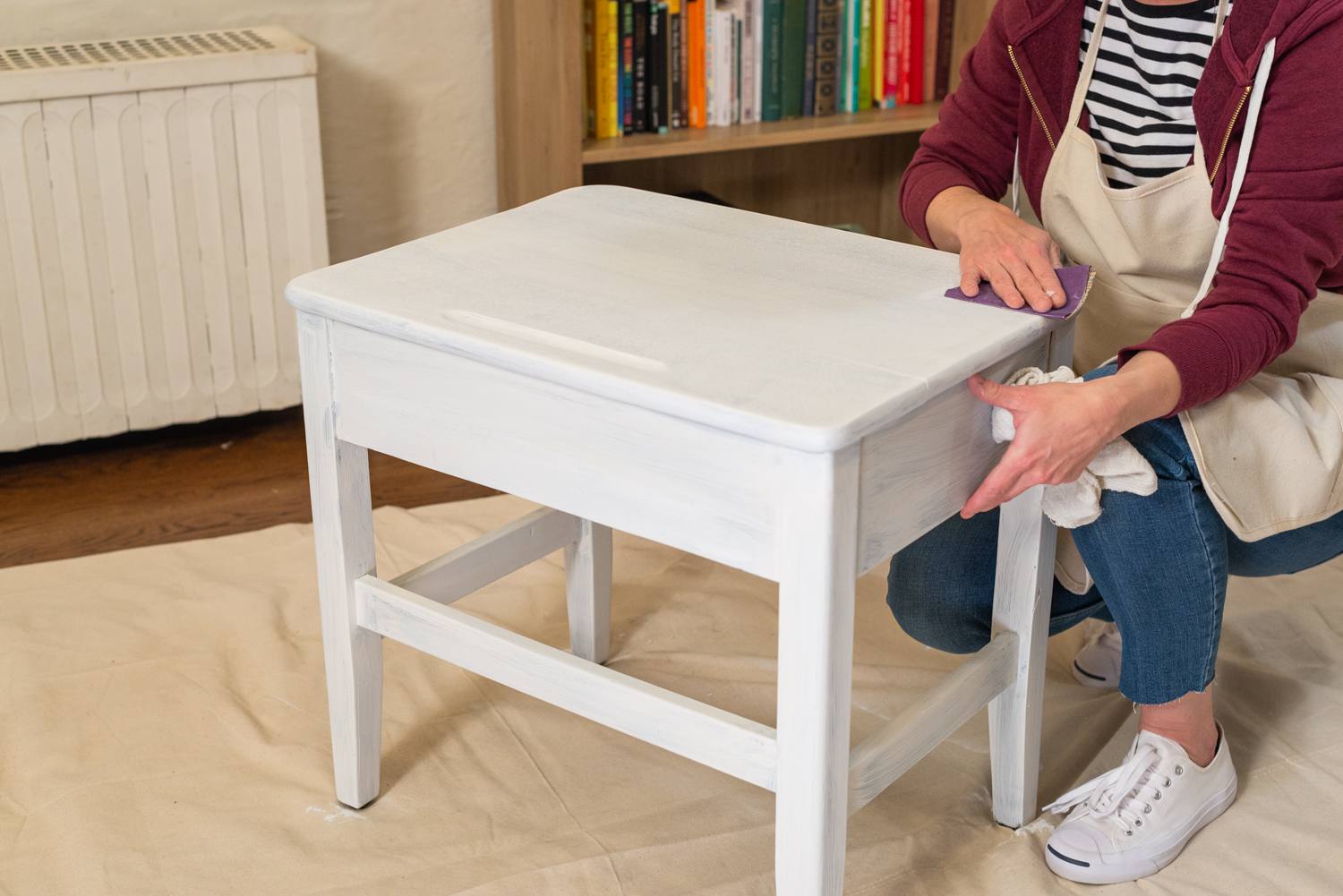
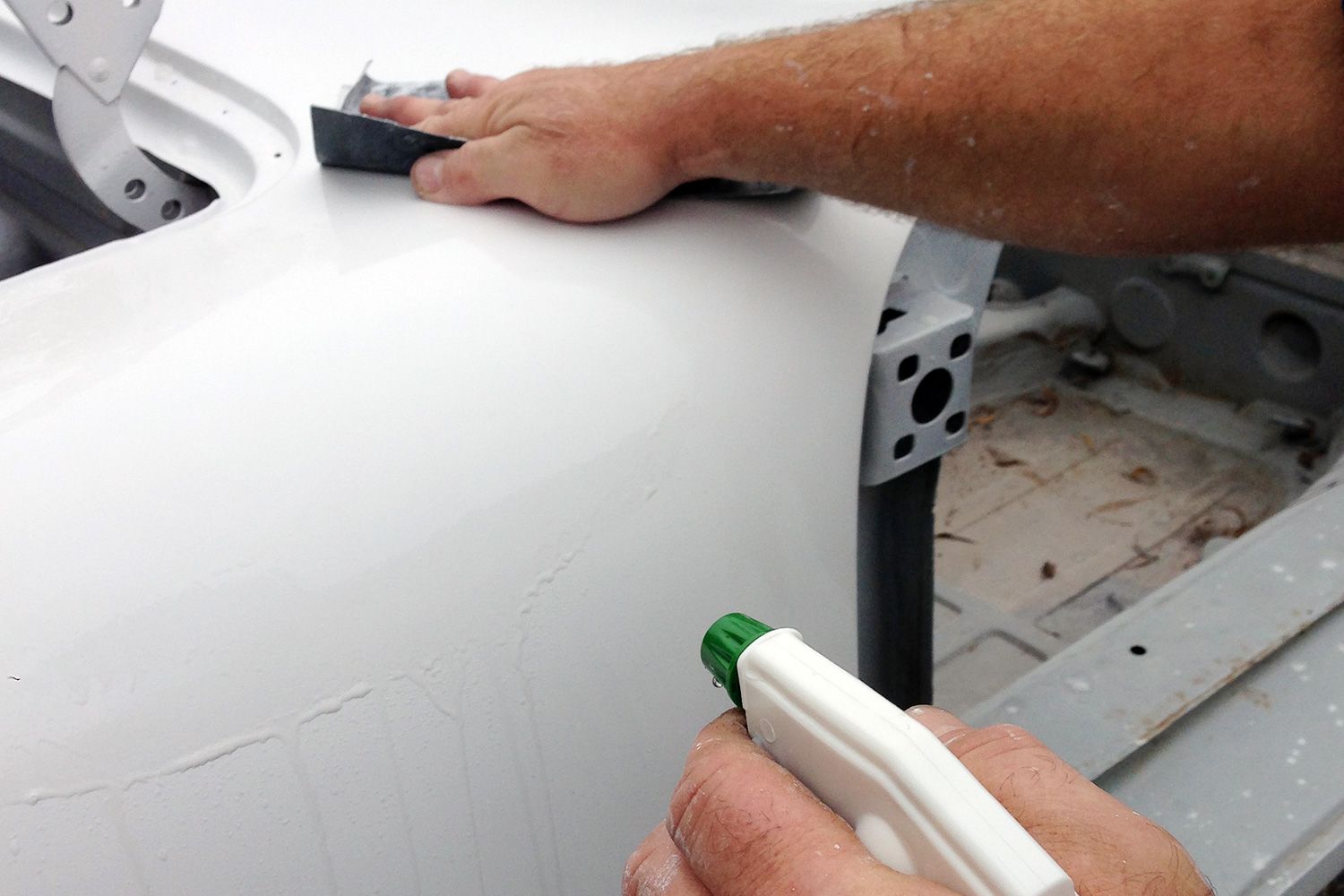
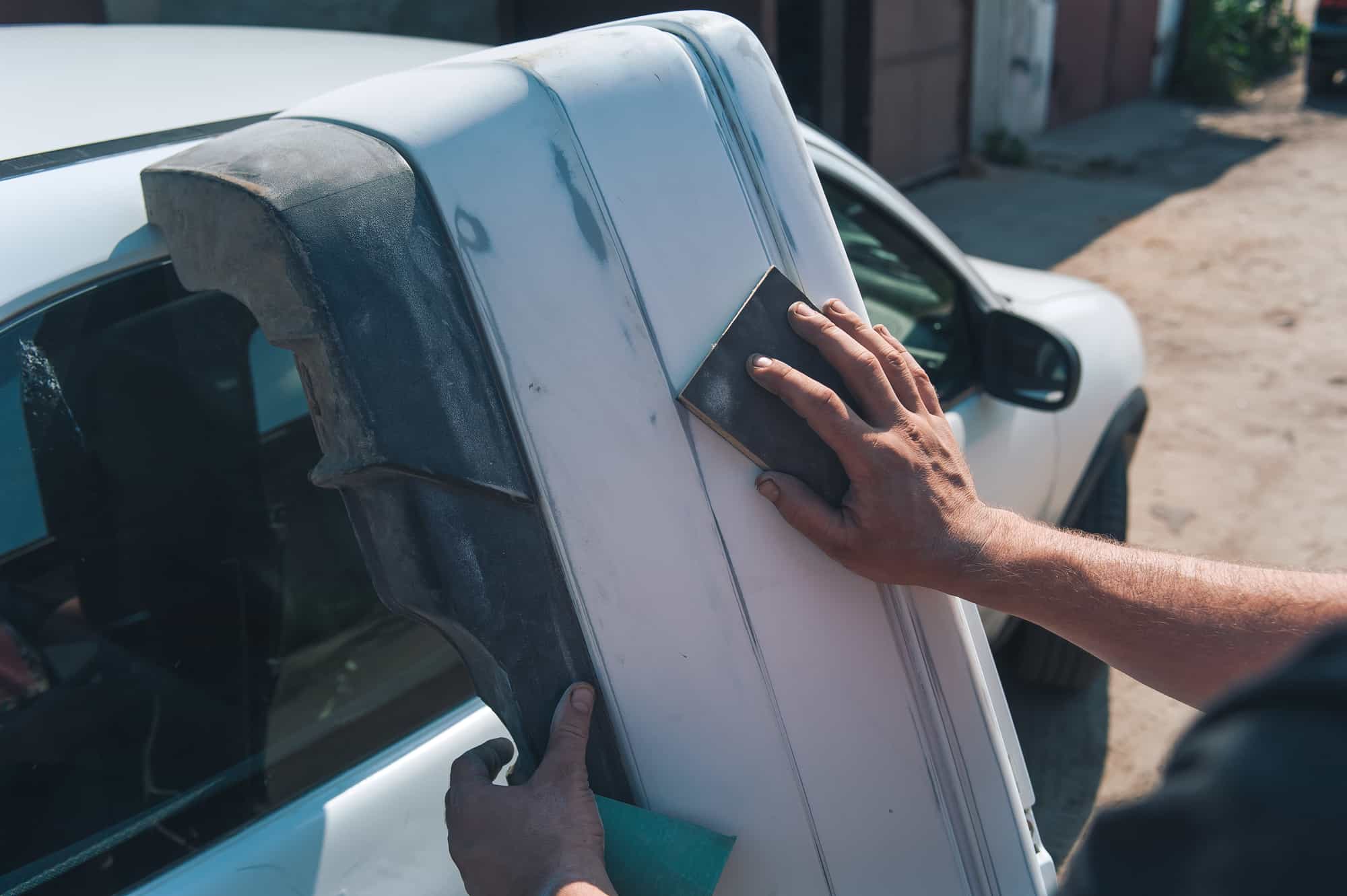
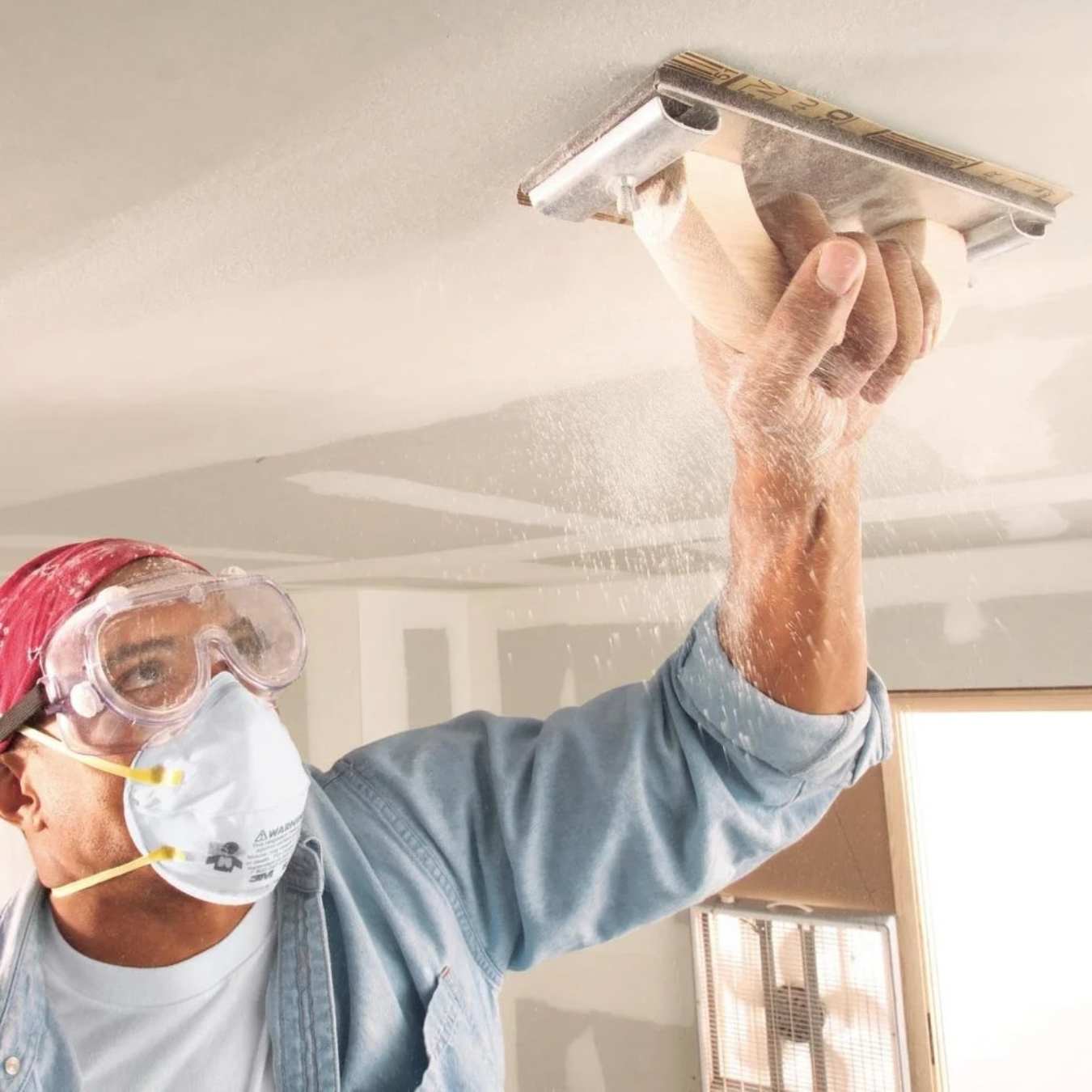
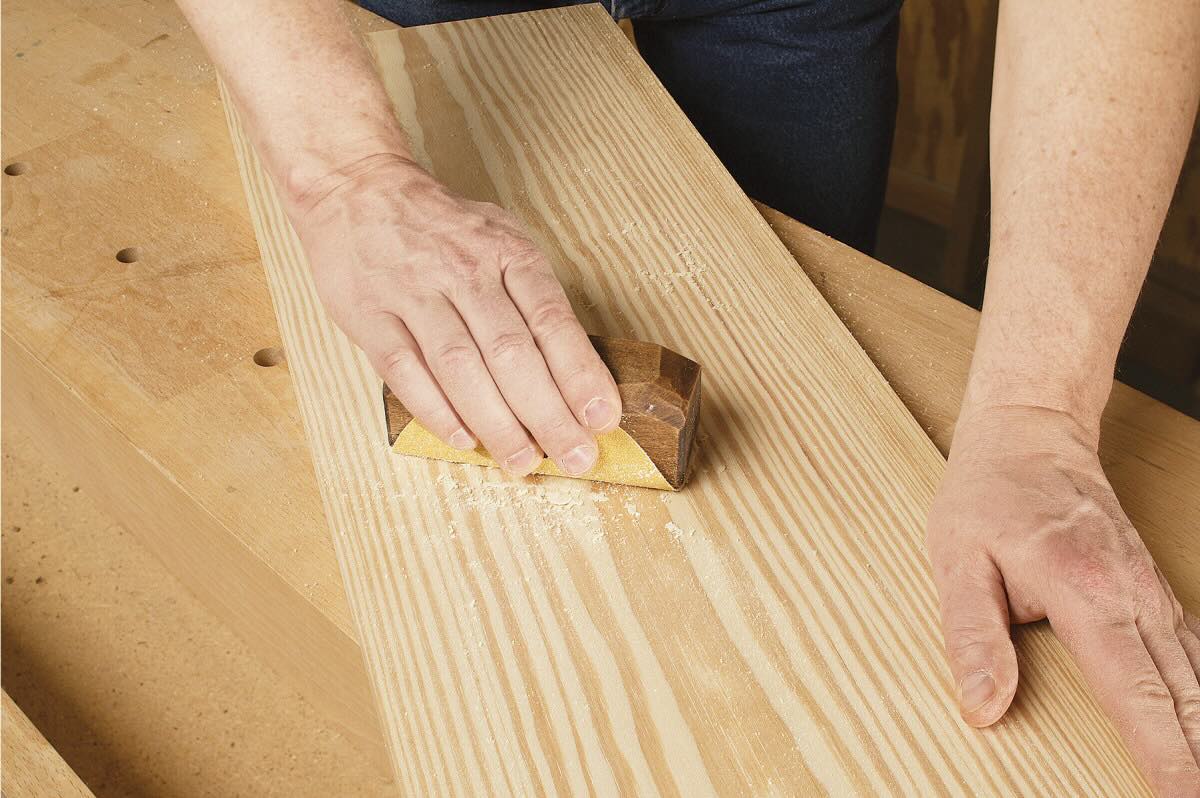
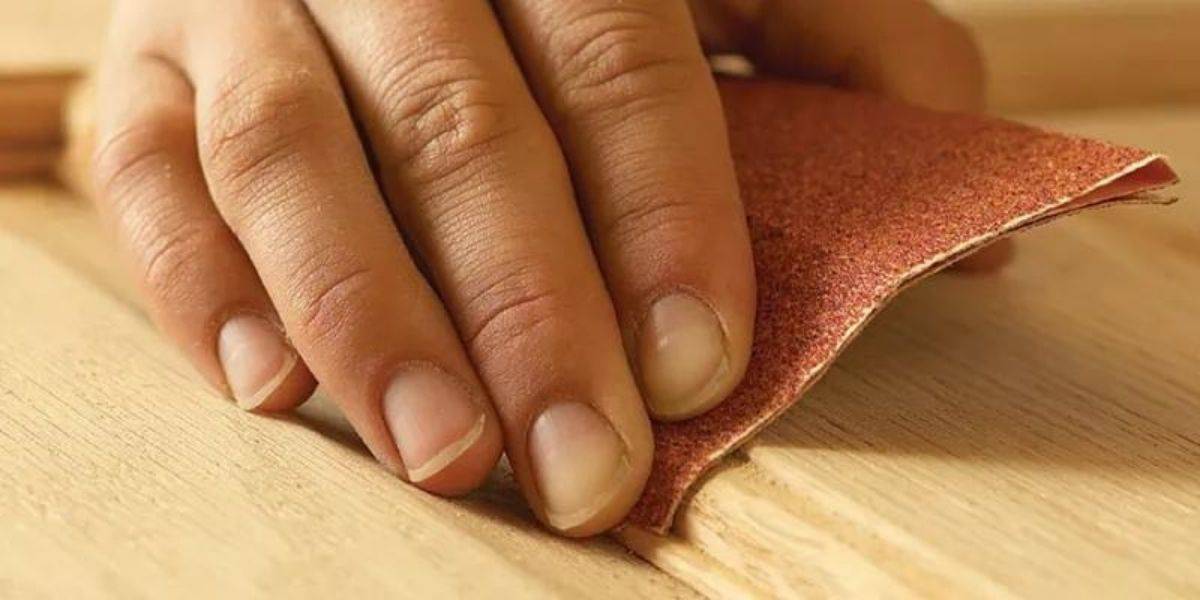
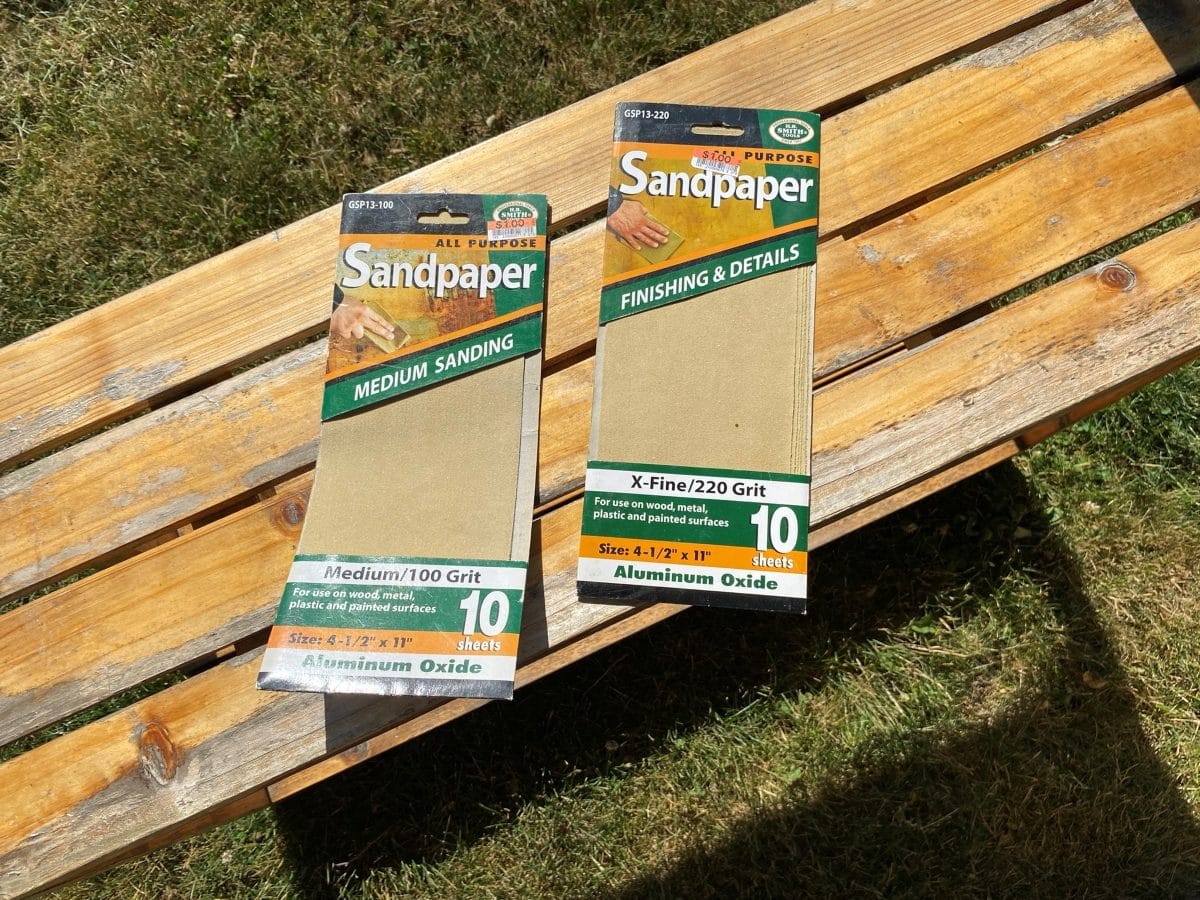
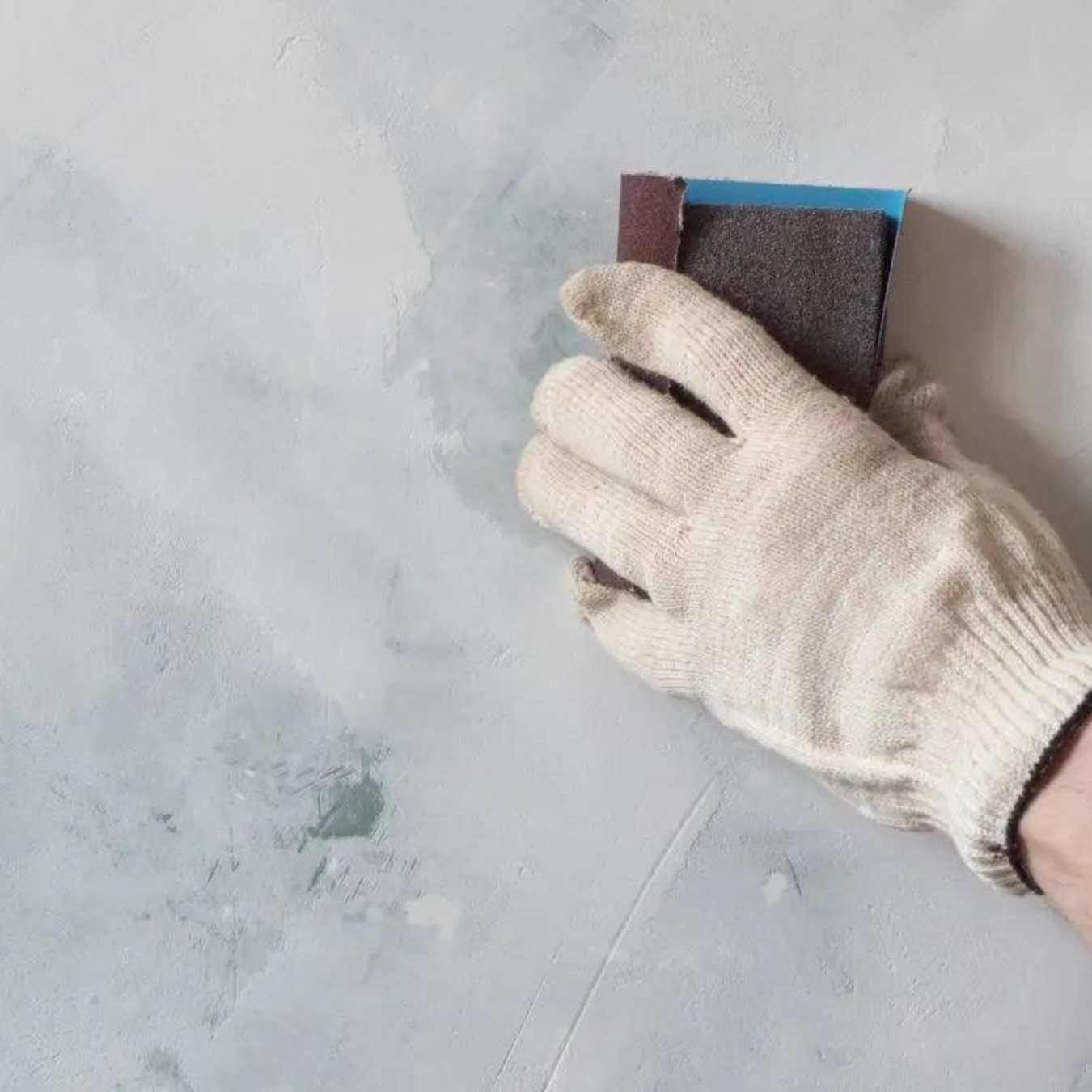
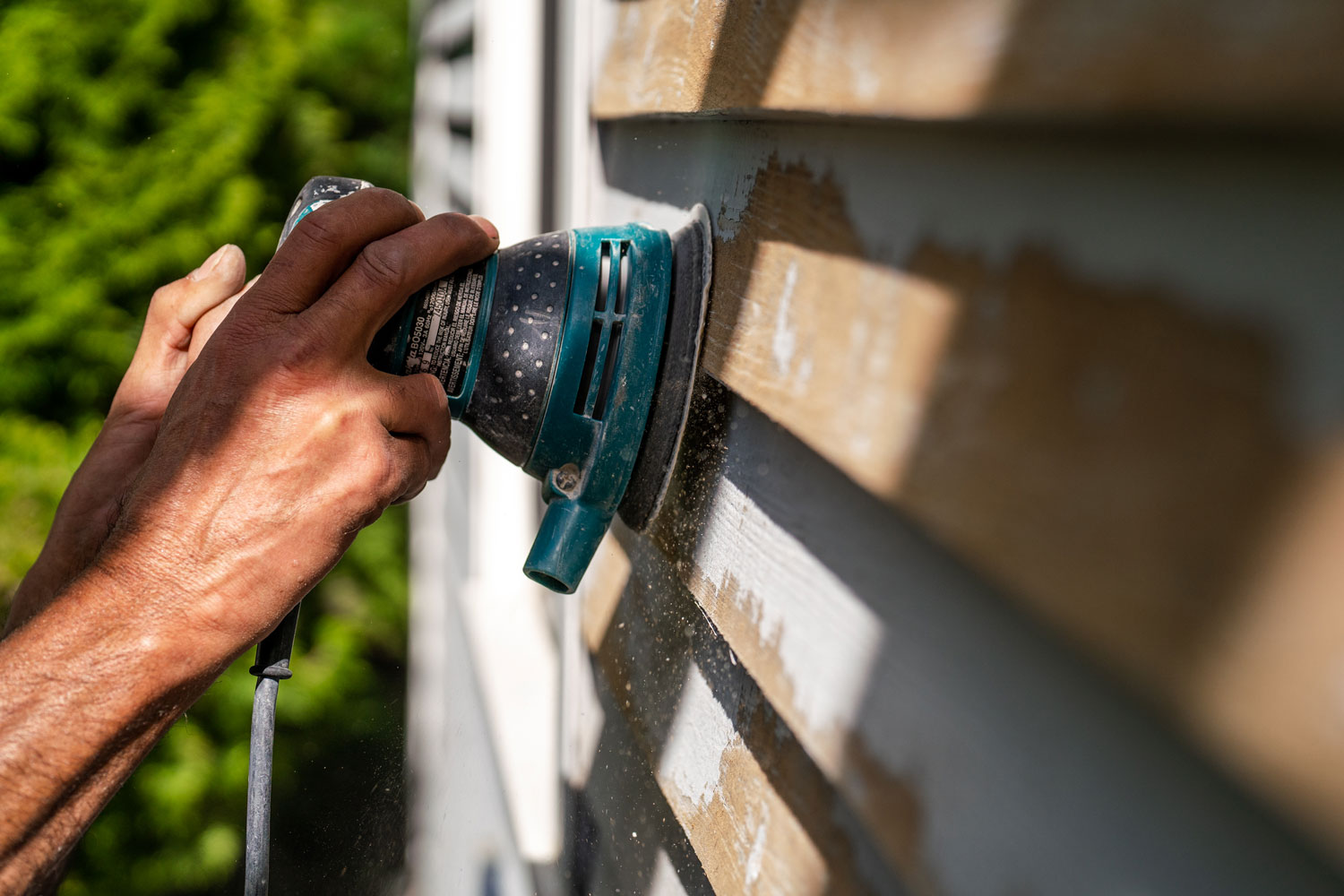
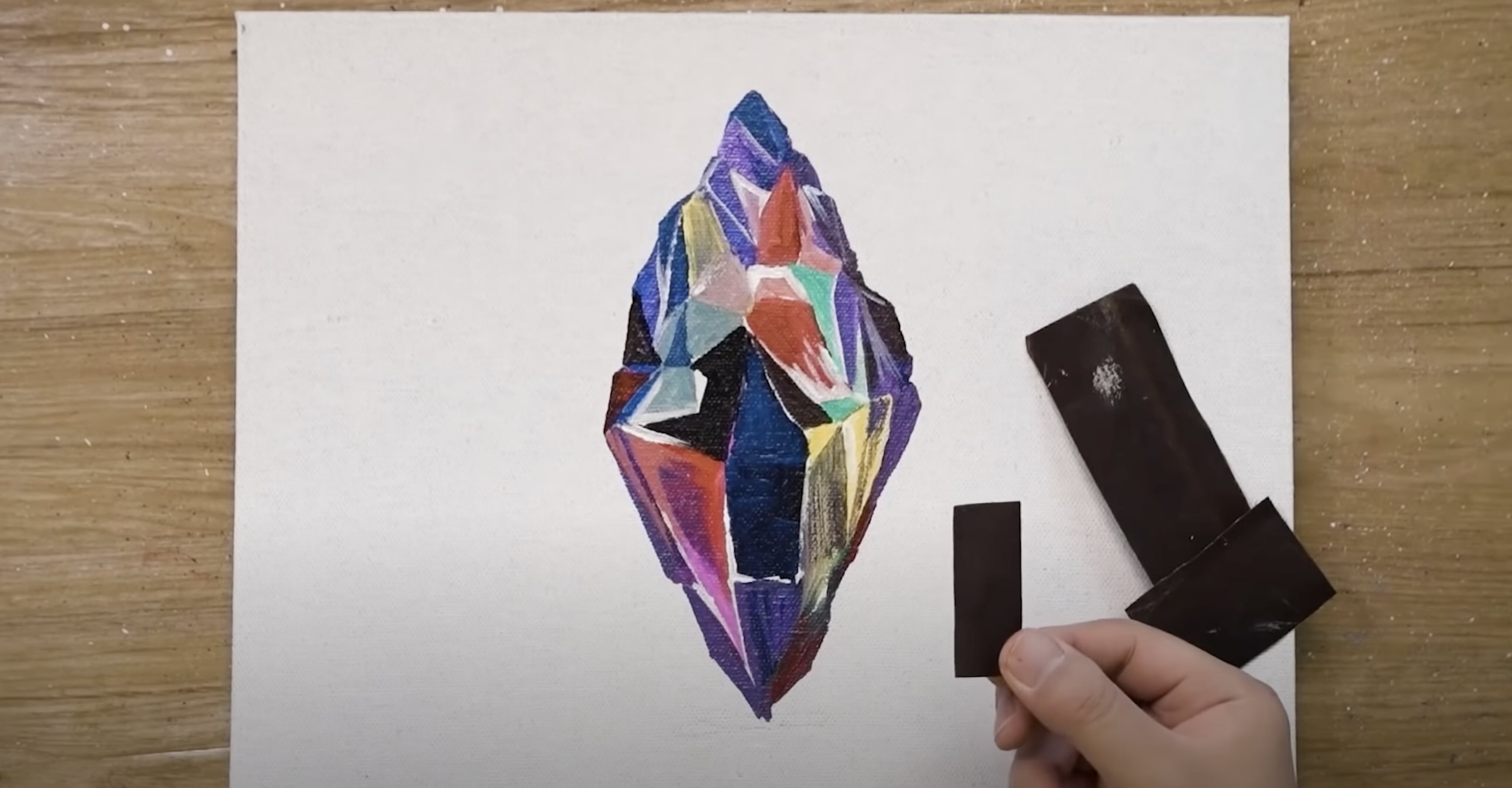
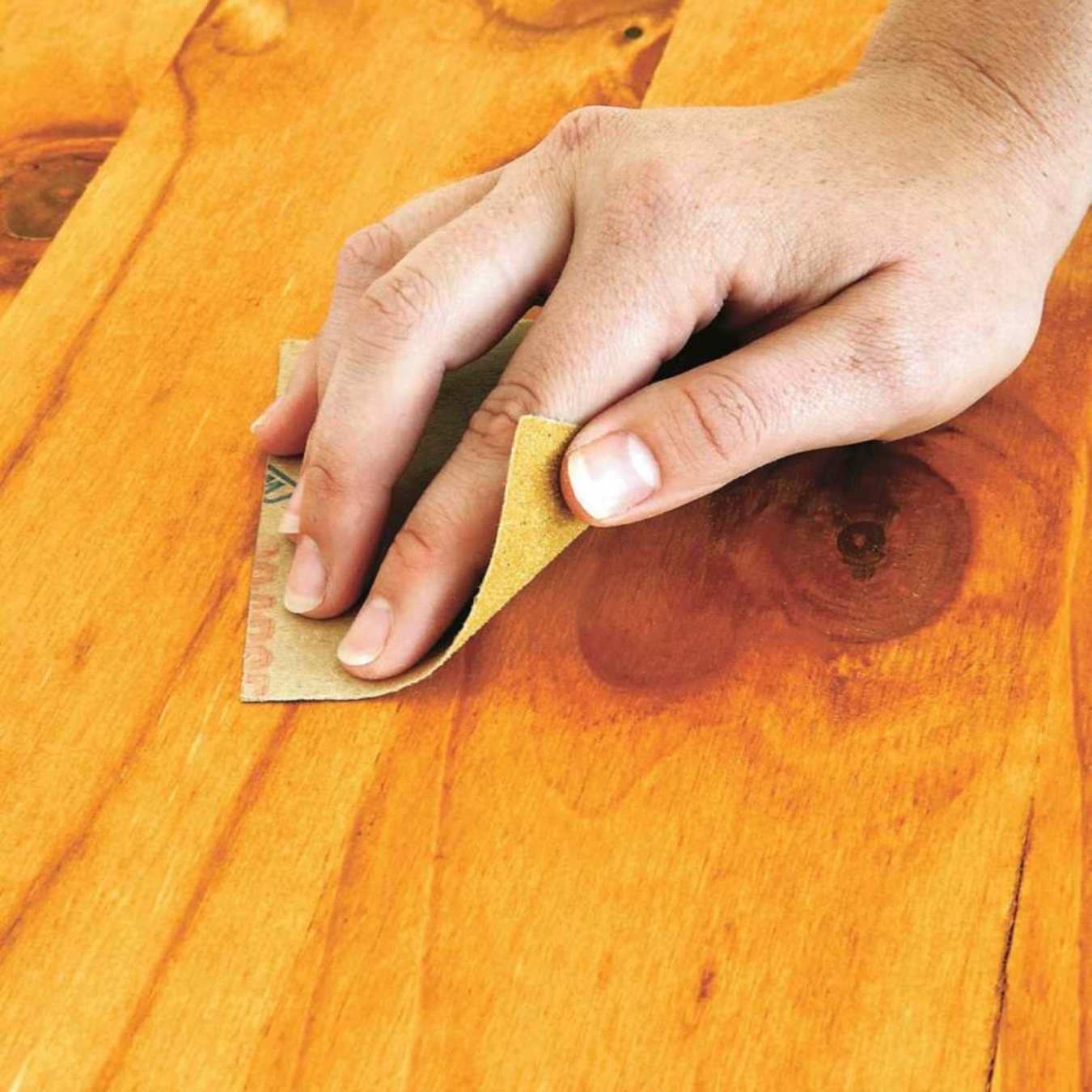
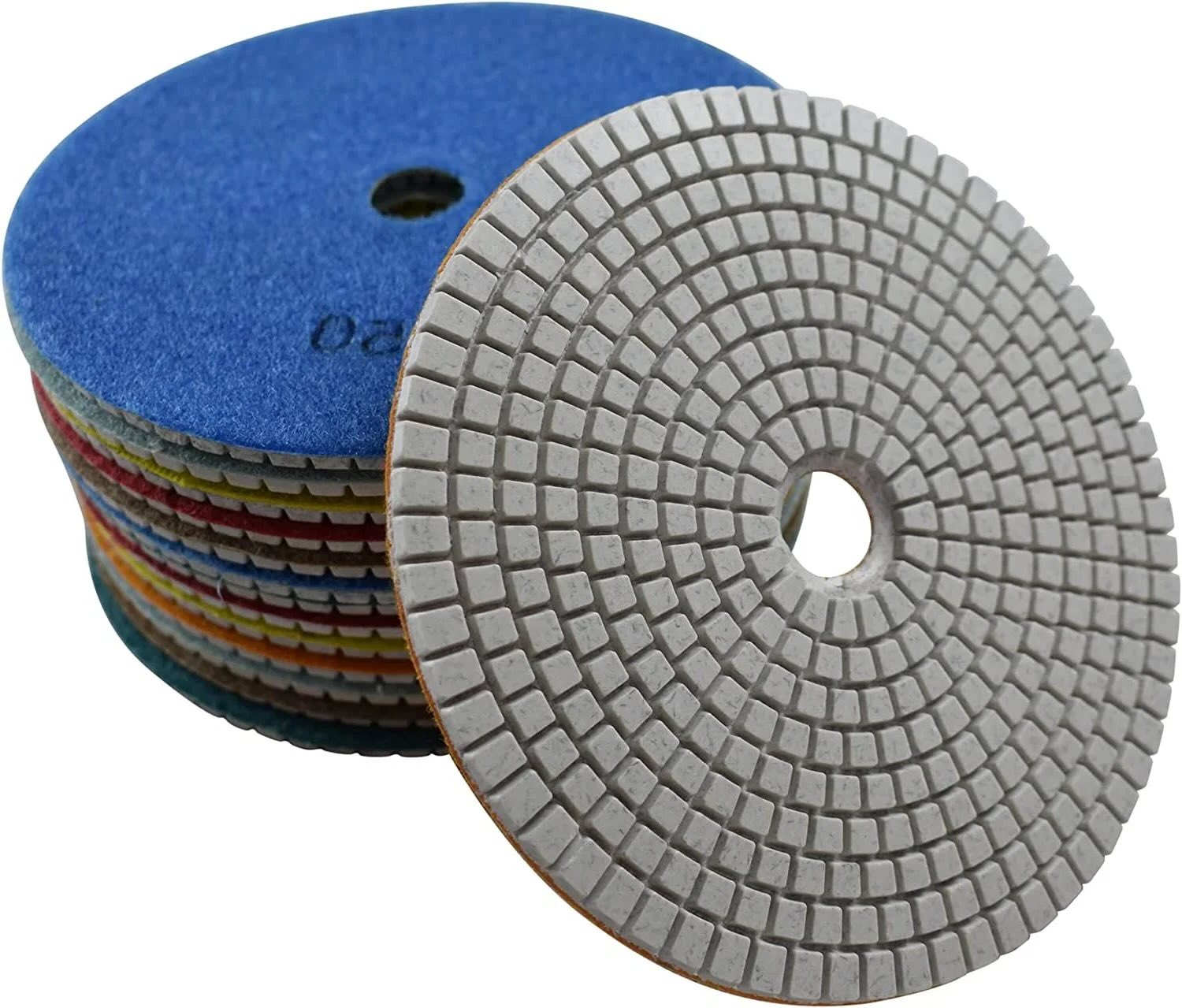
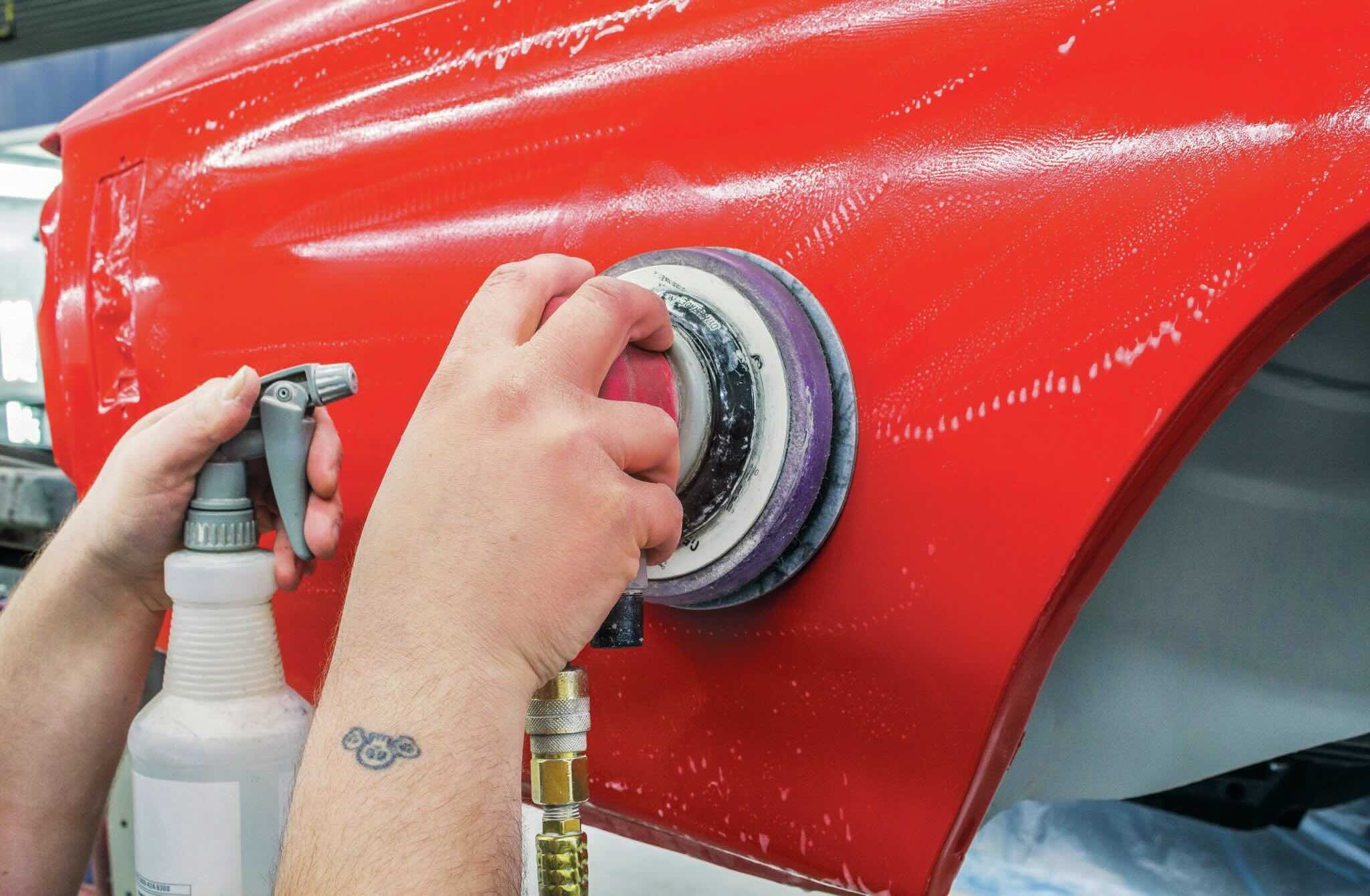
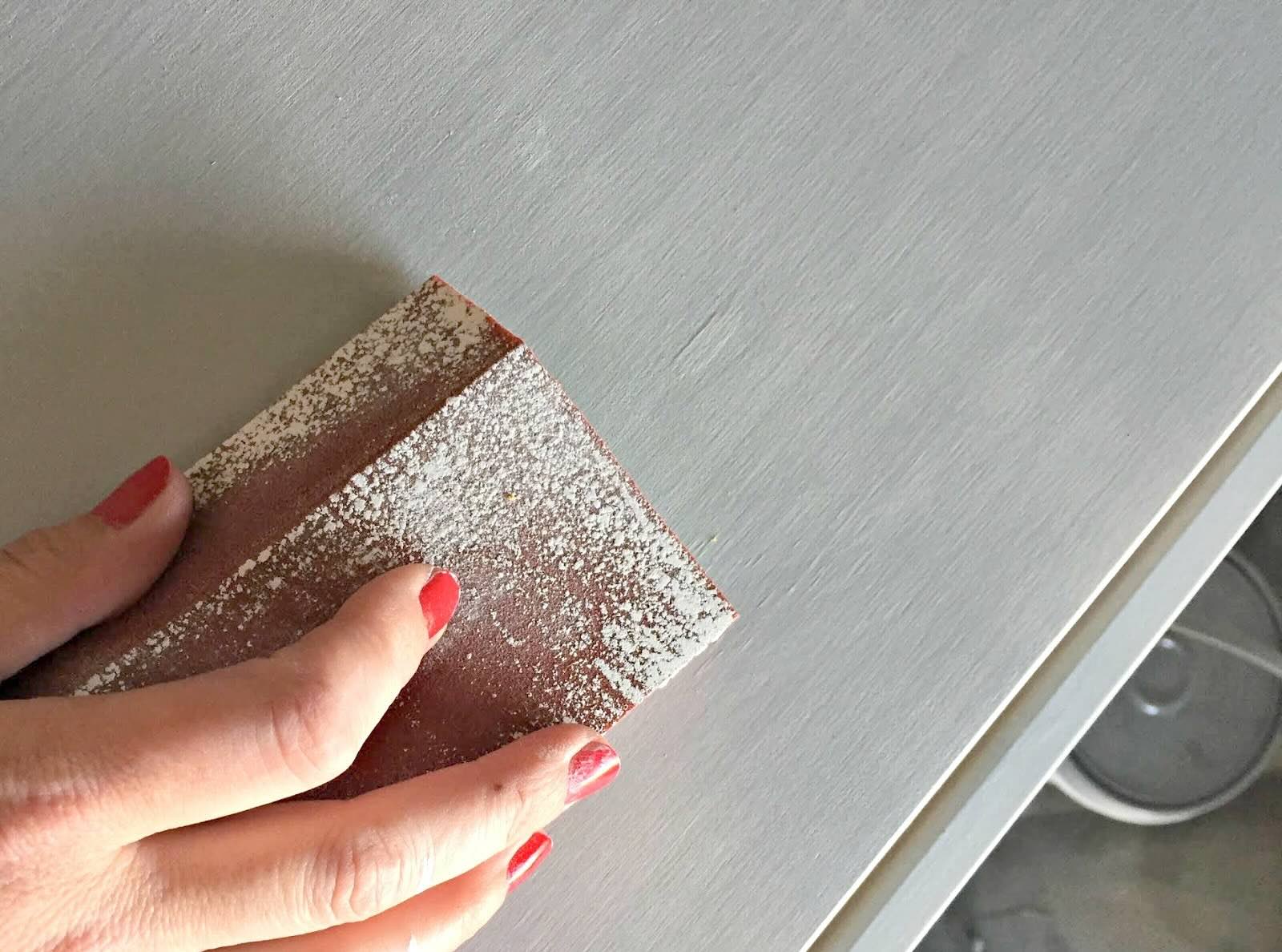
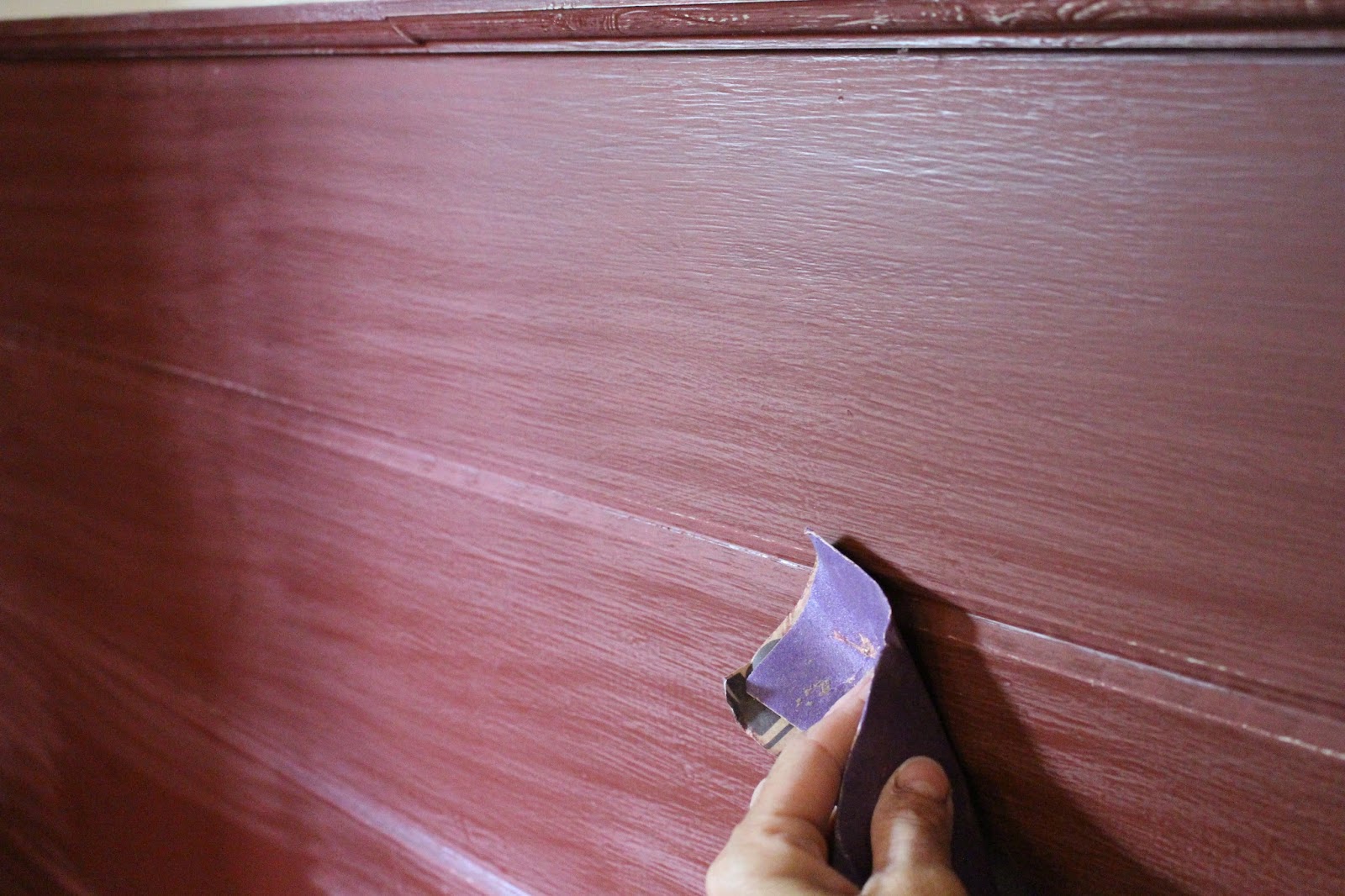

0 thoughts on “What Grit Sandpaper Before Painting Wood”